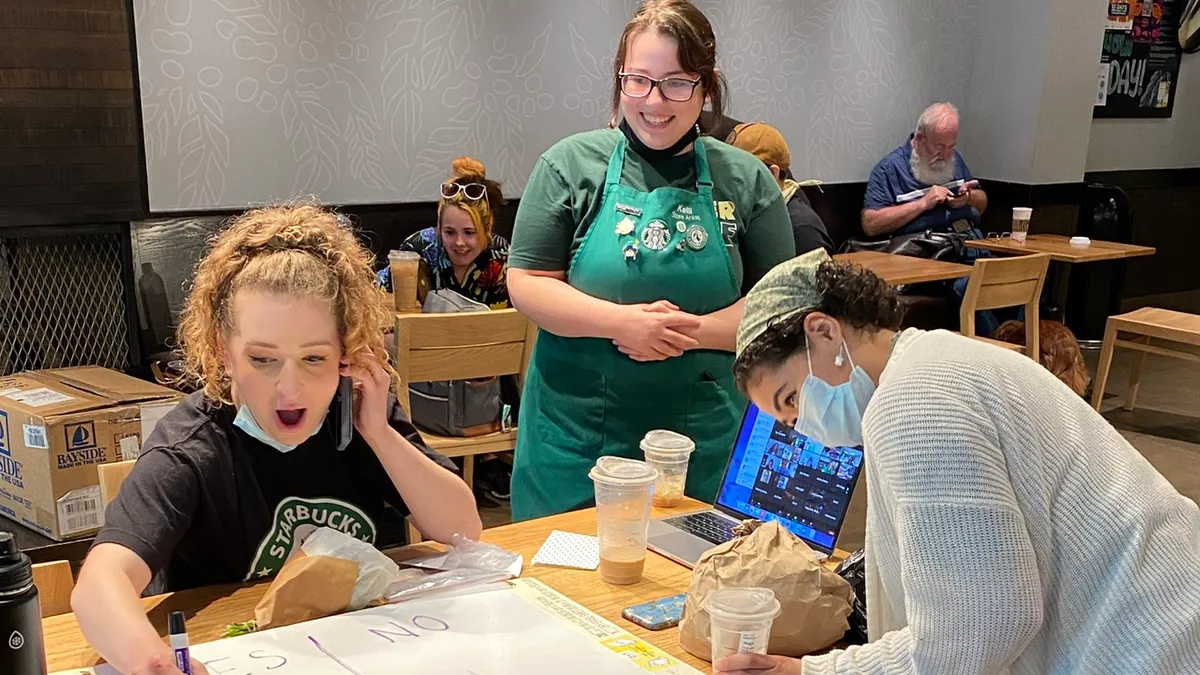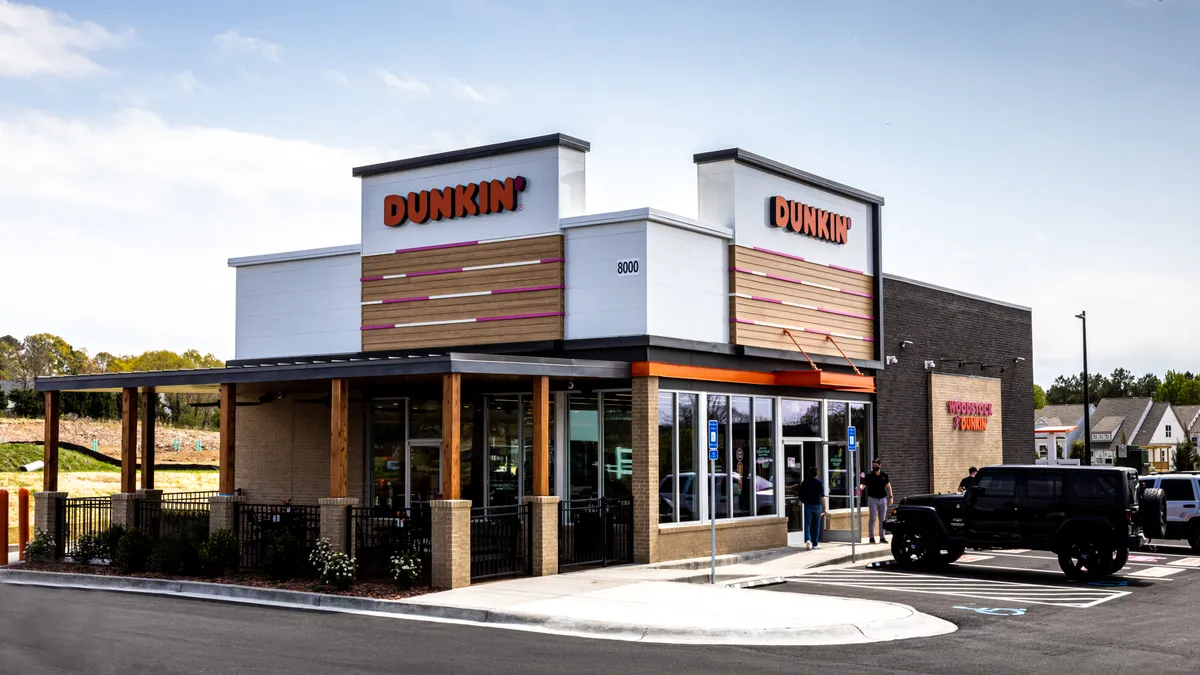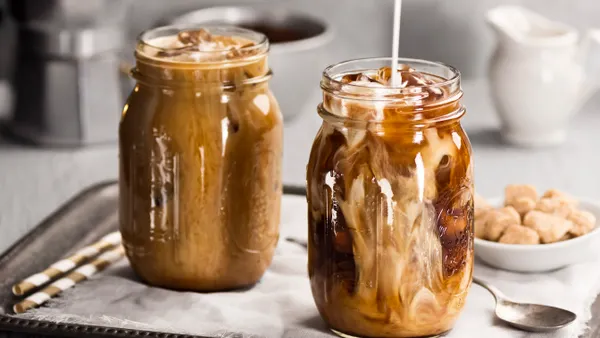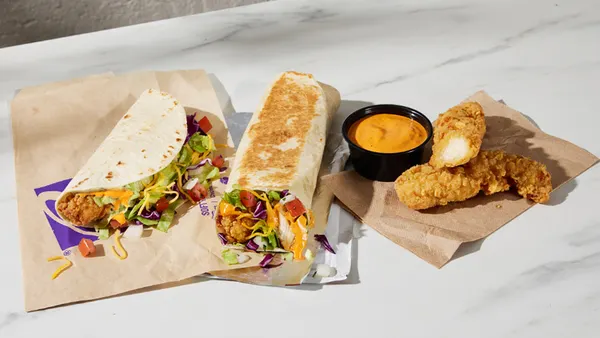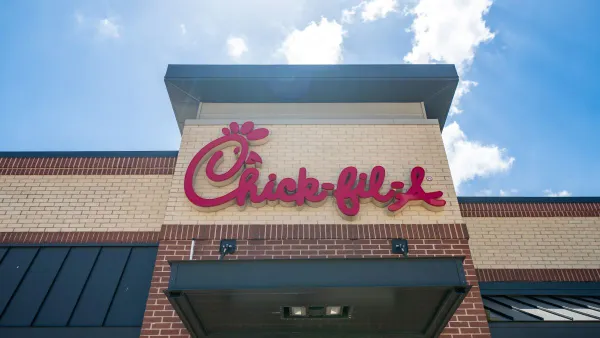Dive Brief:
- Restaurant sales have climbed 4% this year according to the U.S. Census Bureau, and the National Restaurant Association projects that overall industry sales will reach a new record of $863 billion in 2019, reports CNBC.
- Strong employment rates and tax cuts are two major factors encouraging food and beverage spending, as well as consumers' desires for more convenience and social occasions.
- The trend will likely continue even if the economy declines, according to analysts, provided that the job market remains stable.
Dive Insight:
When it comes to dining out, consumers want top-notch service that's also convenient, and data suggests that they're willing to shell out their hard-earned dollars to get it. Restaurants may be scratching their heads as they contemplate how to make dining in or out as unique of an experience as possible while delivering on convenience, but for many brands, technology is already the clear answer.
Younger diners are hungry for a technology-driven experience both on and off premises, forcing restaurants to adopt new digital offerings to keep pace. Digital restaurant orders have grown at a double-digit rate over the past four years and now account for 3.1 billion visits and $26.8 billion in restaurant sales. Unsurprisingly, nearly three-quarters of QSR operators are shifting more resources to consumer-facing technologies.
Mobile apps have played a key role in delivering both convenience and consumers' interest in tech tools, representing 60% of digital orders. Chipotle's mobile app, which includes order-ahead capabilities, quintupled its downloads through a rewards program, while Peet's Coffee recently expanded its order-ahead service in its mobile app. Starbucks is a titan in the mobile app world, with Dunkin' making recent moves to offer multi-tender payment capabilities in its app. Burger King has also made use of its app to push promotions and loyalty program offerings, including its most recent Whopper Loans sweepstakes.
McDonald's is taking convenience-focused technology one step further by adopting decision-enhanced, AI-based technology to help diners figure out what they want faster and to offer them tailored suggestions in drive-thru menus. It purchased decision logic and personalization startup Dynamic Yield earlier this year to help it accomplish this objective, as well as a mobile app developer.
Although roughly one-quarter of smartphone users will use a delivery app by 2023, the space is fraught with churn as 86% of users quit using a delivery app within two weeks. Uber Eats recently added a dine-in option that allows users to place an order through the app and pick it up as either take out or dine-in, likely in a move to increase the flexibility of its service.
Kiosks are also becoming more common, as QSRs see an opportunity to provide diners with a middle of the road option between ordering through an app and walking up to the counter. Some consumers may still enjoy the experience of dining at their favorite QSR but prefer avoiding long lines or even human interaction if they're pressed for time or looking for a quick exchange. The self-service kiosk market could reach as much as $30.8 billion by 2024.



